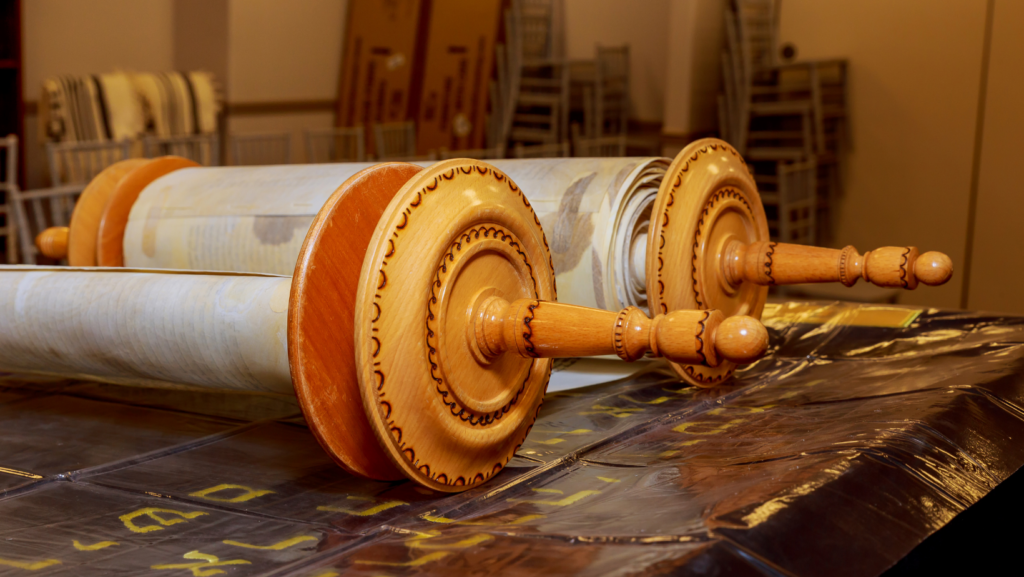Japanese landscape art, known for its serene beauty and intricate details, offers a window into the harmonious relationship between nature and culture. Rooted in centuries-old traditions, this art form captures the essence of Japan’s stunning natural scenery, blending artistic expression with philosophical depth. From the delicate brushstrokes of ink paintings to the meticulous arrangements in gardens, Japanese landscape art reflects an appreciation for the transient beauty of the natural world.
This art form isn’t just about aesthetics; it’s a reflection of the Japanese philosophy of “wabi-sabi,” which finds beauty in imperfection and impermanence. Artists often depict mountains, rivers, and seasonal changes, inviting viewers to contemplate the fleeting nature of life. As Japanese landscape art continues to inspire and captivate audiences worldwide, it remains a testament to the enduring allure of nature’s beauty and the profound cultural heritage of Japan.
Japanese Landscape Art

Japanese landscape art embodies a profound connection between nature and human existence. It spans various forms, from traditional ink paintings known as “sumi-e” to intricate garden designs like “karesansui” or Zen gardens. Artists often depict landscapes incorporating elements such as mountains, water, and flora, creating a tranquil and meditative experience.
The use of perspective in Japanese landscape art differs from Western approaches. Traditional pieces employ a bird’s-eye view, offering an expansive vision of nature. This technique emphasizes depth and captures the viewer’s imagination, encouraging them to reflect on the natural world’s grandeur.
Key Styles And Techniques
Japanese landscape art features distinct styles and techniques, each contributing unique elements to the art form. These styles reflect the evolution of artistic expression in Japan.
Yamato-e
Yamato-e, a classic style, depicts native Japanese scenes, often using vibrant colors and delicate brushwork. Originating during the Heian period, these paintings focus on seasonal landscapes, court life, and narrative scrolls inspired by Japanese literature. Prominent features include rolling clouds, exaggerated perspectives, and asymmetrical compositions, capturing the essence of Japanese aesthetic values.
Ukiyo-e
Ukiyo-e, known for its iconic woodblock prints, flourished during the Edo period. Artists like Hokusai and Hiroshige depicted landscapes, urban scenes, and everyday life. Key techniques include the use of vivid colors and meticulous detailing. The composition often features bold contours and dramatic perspectives, allowing artists to present dynamic views of nature and society.
Prominent Artists And Works
Japanese landscape art’s evolution includes contributions from notable artists who’ve captured its essence through various styles and mediums.
Hokusai
 Katsushika Hokusai, a master of ukiyo-e, profoundly influenced Japanese art with his innovative works. His iconic series “Thirty-Six Views of Mount Fuji” highlights the interplay between nature and human elements. “The Great Wave off Kanagawa,” perhaps the most famous piece from this series, demonstrates exquisite use of color and composition, embodying both elegance and dramatic movement.
Katsushika Hokusai, a master of ukiyo-e, profoundly influenced Japanese art with his innovative works. His iconic series “Thirty-Six Views of Mount Fuji” highlights the interplay between nature and human elements. “The Great Wave off Kanagawa,” perhaps the most famous piece from this series, demonstrates exquisite use of color and composition, embodying both elegance and dramatic movement.
Hokusai’s work often integrated “ukiyo-e” elements while retaining essential landscape themes, marking a significant impact on Japanese and global art.
Hiroshige
Utagawa Hiroshige, another ukiyo-e luminary, is celebrated for capturing the transient beauty of landscapes. His series “The Fifty-Three Stations of the Tōkaidō” offers a journey through evocative sceneries, enhanced by his unique ability to convey mood and atmosphere. By employing perspective and seasonal changes, Hiroshige’s artistry reflects nuances in light and shadow, drawing viewers into each scene. His works are credited with influencing Western impressionists who admired his sophisticated depiction of landscapes.
Cultural And Philosophical Influences

Japanese landscape art intricately weaves cultural and philosophical strands, reflecting nature’s profound role and Zen Buddhism’s deep impact on artistic expression.
Japanese landscape art embodies the intrinsic bond between humans and nature, portraying natural scenes as living entities with spiritual significance. Artists incorporate motifs like mountains, rivers, and forests to highlight this connection, emphasizing elements that convey a reverence for natural beauty. In styles such as “yamato-e,” scenes from Japanese locations exemplify the interplay between the natural world and human presence, nurturing a sense of balance and harmony. This connection elevates the portrayal of nature beyond mere aesthetic appreciation, engaging deeper cultural and philosophical rereflections.pencouraging an awareness of the present moment and the transient nature of existence.



